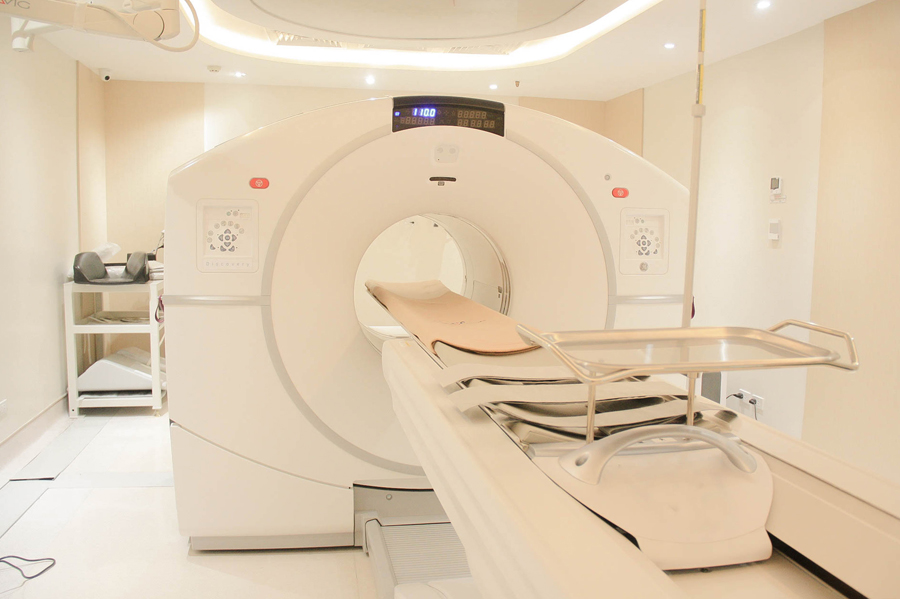Top hospital in the Philippines Makati Medical Center has opened its PET (Positron Emission Tomography) Imaging Center, signaling a key development in the diagnosis, evaluation, and treatment of diseases, especially cancer—one of the top causes of death among Filipinos.
The center, led by internationally-trained nuclear medicine and radiology staff, is equipped with the Discovery Molecular Imaging 128 Slice Time of Flight (TOF) PET/CT System, a scanner that combines PET and CT scan images providing fast and accurate imaging that helps reduce a patient’s radiation exposure.
PET is an advanced imaging test where a small amount of radioactive material is injected into a vein of a patient. The machine then detects and records radiation emitted from the body and more specifically from the organ being examined. A detailed fused image will be reconstructed using the information from the PET scanner and the attached computerized tomography (CT) scanner, allowing doctors to have a better understanding of what is happening inside a patient’s body.
In cancer PET imaging, to be specific, the scan uses a radioactive form of sugar, also called tracer, as some cancer cells use glucose faster than normal cells. With this process, the PET scan can help identify cancer cells and guide biopsies and surgeries. It also helps determine the location and spread of the cancer, the recurrence of cancer, and the effectiveness of the cancer treatment. They can be useful in the diagnosis and staging of some of the most common cancers in the Philippines such as breast, lung, colorectal, cervical, thyroid, and ovarian cancer.
When getting a PET scan, it is recommended that patients bring their records so as to tailor the process to their needs. “We also advise patients to refrain from any strenuous activities before the scan,” says Marie Rhiamar Sauler-Gomez, MD of MakatiMed’s PET Imaging Center. “It would also be best if they maintain a diet high in protein and low to no carbohydrates. A couple of hours before their appointment, they shouldn’t consume anything but water.”
The procedure starts with an interview prior to the actual scan, followed by getting a finger pricked to measure blood glucose, with the tracer injected after. If the patient requires a contrast CT scan, a non-iodinated contrast will also be injected. Patients are then required to rest in a dimly lit room for an hour without moving or talking. Once done, they will proceed to lie down on the scanning table. “The whole process usually takes 3 to 4 hours,” says Dr. Gomez. “It will vary depending on the patient’s individual needs, or what kind of information we need to get from them.”
After the procedure, patients can typically go straight home. “I usually encourage my patients to drink plenty of water to help flush the radioactive material or contrast from the body after a PET scan,” says Dr. Gomez. “Additional specific instructions may also be given depending on the examination.”
The PET Imaging Center is located on the Ground Floor of MakatiMed’s Tower 1 and is open from 8AM to 5PM. To contact the center, dial +632 8888 8999 local 7249 & 7250, or email at PETImagingCenter@makatimed.net.ph.
Liked this post? Follow SwirlingOverCoffee on Facebook, YouTube, and Instagram.


